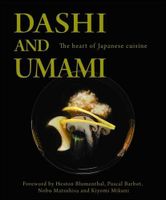Advertisement
Other Variety
Appears in
In addition to these main types of kombu, a number of others are worthy of note. Literally meaning 'long’ kombu, naga kombu is not suited to use in dashi, but is excellent in dishes such as oden and nabe as, when cooked, it softens wonderfully and has a delicate flavour.
Similar use can be made of hosome kombu (‘narrow’ kombu), and atsuba kombu (‘thick leafed’ kombu), both of which are named by their shape. Both are characterised by a bitter edge. Also available is ne kombu, or ‘root’ kombu, which is the part at the base of the kombu frond.

